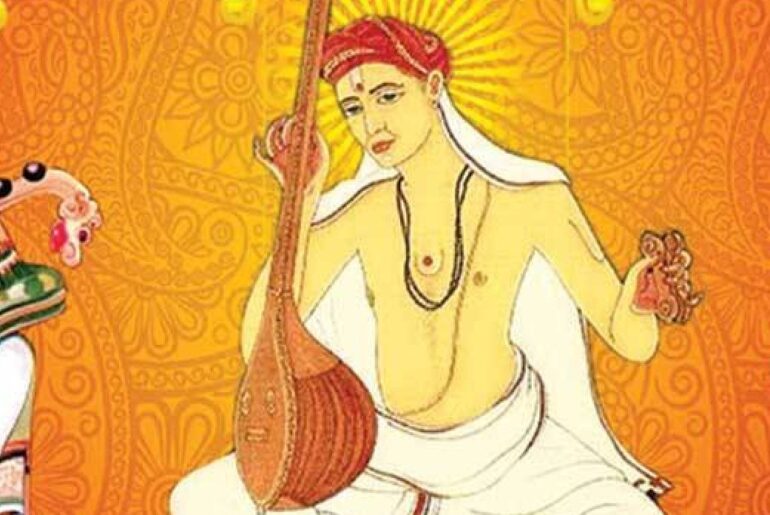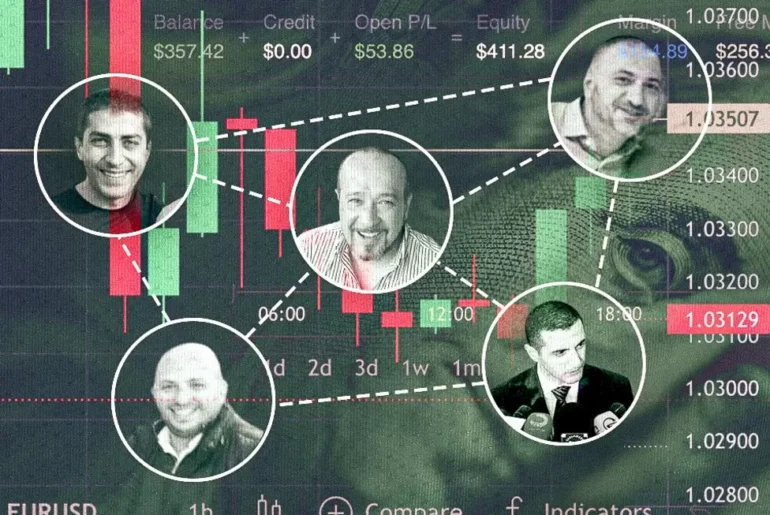I’ll start off by admitting that I am a big fan of Lady Gaga’s — more for her market savvy, somewhat for her music (even if I am, sad to say, tone deaf), and less for her over-the-top clothes. So, it wasn’t a big surprise that an article entitled “Lady Gaga Romances India – Taps into local expertise to tweak her expertise in a Bollywood remix” in the June 2nd, 2011, edition of The Wall Street Journal, caught my attention. The long and short of it the article was that Lady Gaga sees a large market in India (700 million people under 30), just as Brittney Spears (and, presumably, the Beatles) before her. While Lady Gaga spoke to her need to be the “Fame Monster” and her goal of bringing her music to these millions while expanding her base, her promoter in India said something that really got my attention – “The key is understanding what works in the US and in the UK. And, taking the extra steps to serve the South Asian market.”
Consumer India (aka, India’s Mythical Middle Class)
In parallel, Rajesh Kumar, my colleague who runs SAP’s India Marketing team gifted me an interesting book by Rama Bijapurkar, apparently one of India’s leading marketers. Entitled “We are like that only,” Ms. Bijapurkar uses reams of data and her decades of on the ground market experience in India to help others understand the Indian Consumer. Her central theses:
- The nature of developing economies is fundamentally different (than developed economies). The socio-economics and associated purchasing power/patterns are very different – while the addressable market might be the same, it’s the product of a large number of consumers buying in smaller “bites”. (To be fair, the marketing guru Prof. CK Prahalad, previously made this observation when proffering his “Fortune at the bottom of the pyramid” thesis in 2004) ;
- Emerging markets are not virgin markets. More than likely, there already are Indian alternates priced and configured for different market segments (e.g., bicycles, motorcycles, 3 wheelers, small cars, cars)
- Emerging markets today aren’t what developed markets were in their infancy. So, something that worked 20 years ago in the west will likely not work in India;
- Countries change around their DNA. So, your products need to adapt – think of the woman, draped in her colorful sari, riding a scooter…
Rama shows that using traditional segmentation models is too restrictive and, potentially dangerous, in the Indian market. (e.g., Pepsi and Coke, shooting to quench the thirst of India’s consumption-ready middle class, haven’t quite seen the growth they expected to see.)
What does all of this have to do with the Small Businesses and Midsize Companies (SMB) Market?
All of this takes me back to Rajesh Kumar’s and my daily challenge: How do we grow an SMB business in India? Do the lessons from Bijapurkar’s work on the dynamics of the consumer market parallel those of the SMB market?
My belief (ok, hypothesis) is Absolutely, yes! I base this on my experience in 2007, where, as CodeGear/Borland’s India Country Manager, I sold developer tools and databases to IT companies like Infosys and Wipro, Public Sector firms like Hindusthan Petroleum, and to quasi-public firms like Mahindra & Mahindra. “One market” I thought when I first arrived. “Thousand markets” was my conclusion as we closed out the successful spin-off of CodeGear.
Which implies the need for a portfolio of solutions – available via different go-to-market approaches, using different channels, priced, packaged, marketed and delivered differently – for the firm to be truly successful. While the proverbial bicycle manufacturer is apparently in a similar business as the moped manufacturer, their needs and corporate/owner dynamics are so different that one size will not fit all. Selling to this market is a task that is daunting at best.
Back to where we started
So, here’s to Lady Gaga crooning “Mera Dil….,” a new Bollywood number composed by AR Rahman and accompanied by Anoushka Shankar on the sitar; delivered on the silver screen, via YouTube and on many of India’s numerous TV programs; and aimed at reaching the under-30, Liberation Generation among the Rich and Consuming classes. She’ll, hopefully, have figured by then that there aren’t 700M folks awaiting her! But, that there is a ton of money still to be made!









